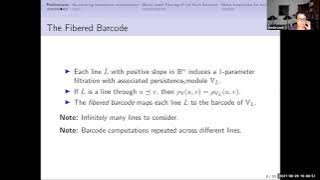Computer module
A computer module is a selection of independent electronic circuits packaged onto a circuit board to provide a basic function within a computer. An example might be an inverter or flip-flop, which would require two or more transistors and a small number of additional supporting devices. Modules would be inserted into a chassis and then wired together to produce a larger logic unit, like an adder. (Wikipedia).




















